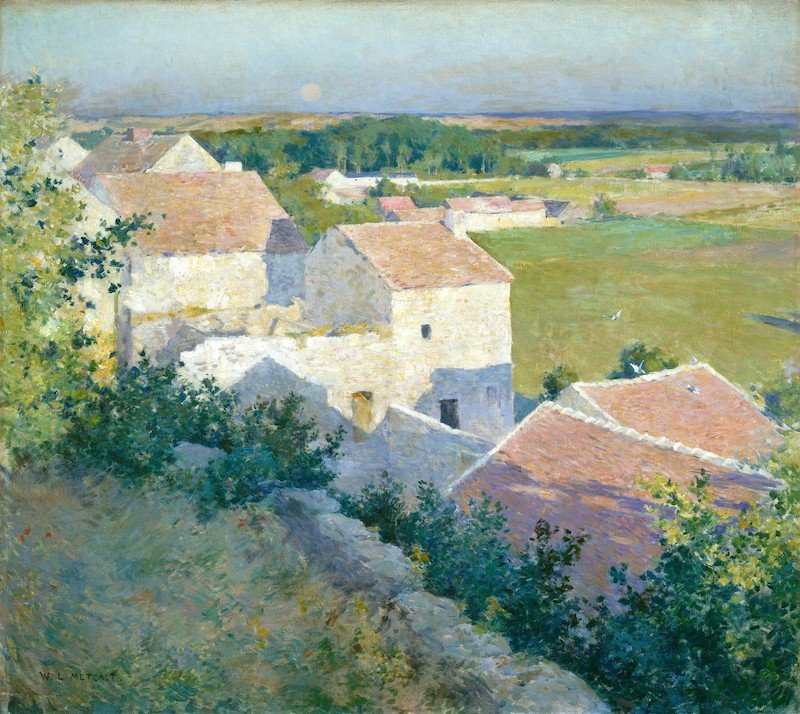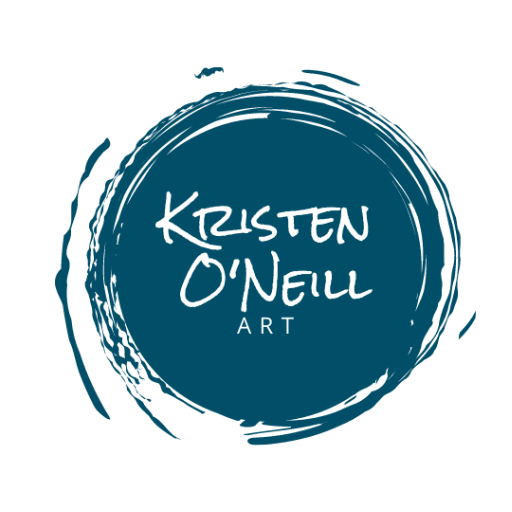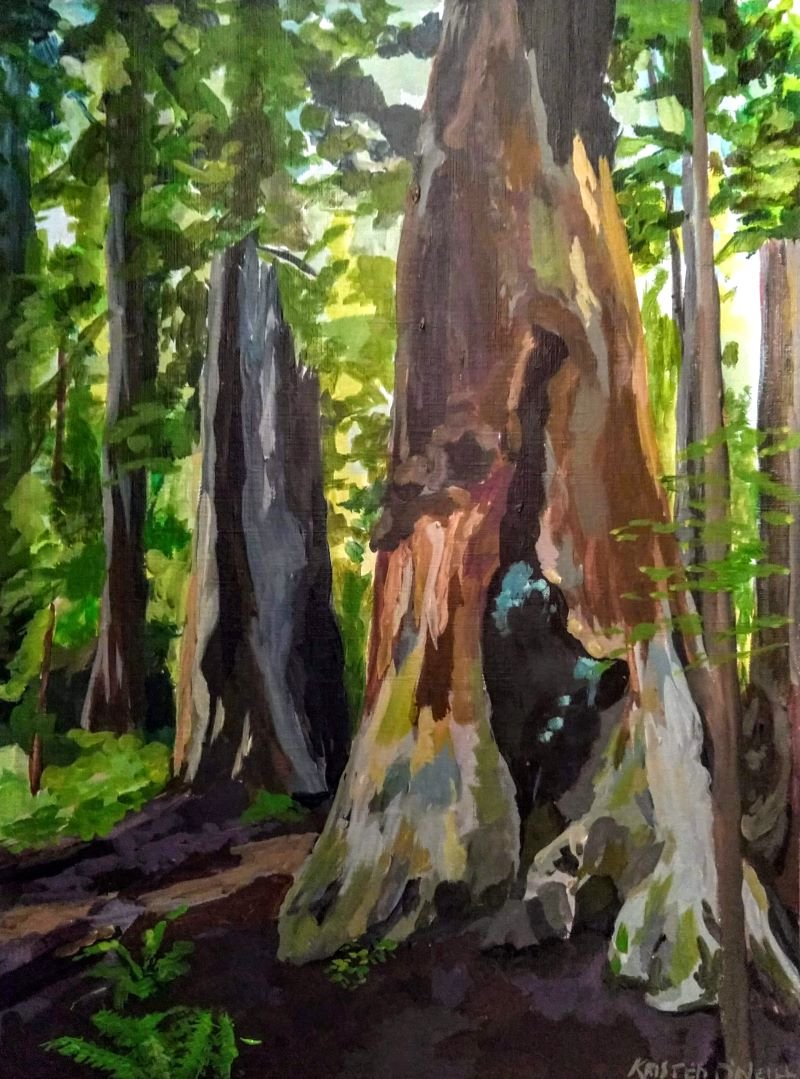Creating the illusion of distance in a painting can be aided by using scale. Scale is all the visual hints that help you understand the size of something. Easy ways to create scale include:
- Using an object of a known size (person, soda can, etc.)
- Using the same object close and far
- Creating a perspective shift
- Leading lines
Using an Object of Known Size
Creating a painting of giant redwood trees can be very hard to show the scale. These trees are 20 feet across. Yet, if you don’t have something to help show the size our brains automatically shrink them down to a “known” tree size – maybe a few feet across. So, how can we help the viewer understand the scale? A lot of things in the forest will not work for this, because they can be different sizes. A rock? Nope – comes in all sizes. A fern? Same problem, but getting closer. A human? Yep. That works. If we don’t want a human in our work, we can try and play with other ideas, like a fence. Or, creating scale by adding more trees of a “known” size in the background.
Using an Object Up Close and Far Away
We don’t have to know the exact size of an object, if we use it both near and far to create distance. For example, a tree. Maybe the maple tree is 60 feet tall, maybe it is 20 feet tall. However, if you add more maple trees to the background, we are going to assume they are both the same height and one is further away.

Looking at the painting above, we can tell that the trees in the background are far away due to their size. This may seem really straightforward (and it is), but it can often be the simple things that trip us up in creating the illusion we are going for in a painting.
Using Perspective
Perspective is great way to create distance. The most used examples of this are roads. We know how wide a road is under our feet. And, when we look up we see it stretched out before us, and the edges of the road are ever getting closer to other as they recede.
In the painting above, we can see that perspective is used on the buildings. And, this perspective is consistent as they go back. (All of them in this painting are vanishing towards our left. )
Leading Lines
Similar to perspective, leading lines are a great composition tool. They are lines in the artwork that lead the eye around. Creating a “S-Curve” is a great way to create distance, as the eye tells the brain it took longer to get from the bottom (close) to the top (far). Leading lines in a landscape often feel approachable, as if we could walk into the painting and have space to be there.
Next week’s blog post will be about using detail to create distance.

